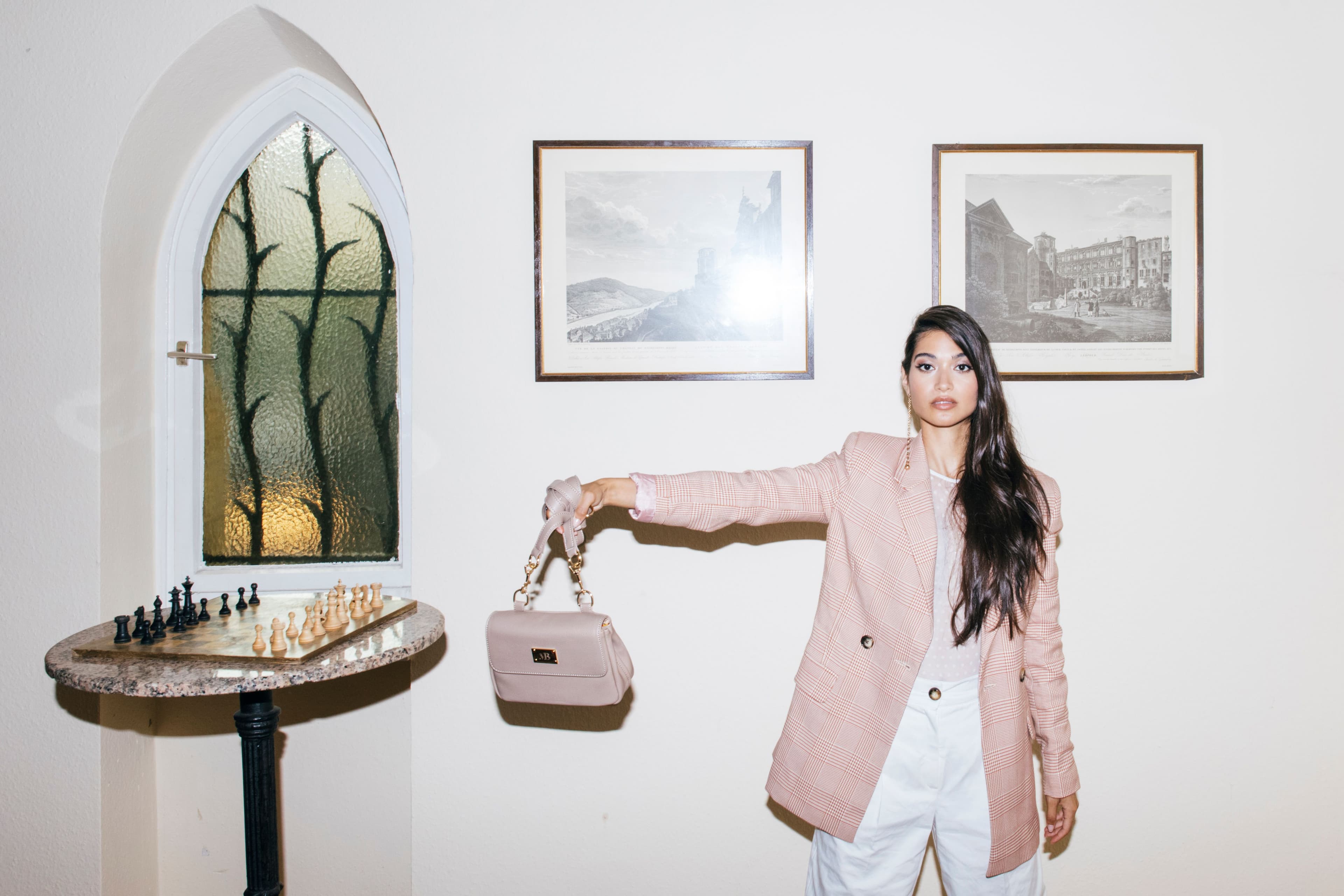Can you share more about the inspiration behind founding MELINA BUCHER® and how your passion for animals and luxury fashion intersected to drive this endeavor?
Originally, I studied management in both my bachelor’s and master’s with a major in accounting and taxes. I even started a PhD in business taxation at the University of Mannheim. Shortly before the end of my master’s program I (as I guess most students) started reflecting on if the path I chose was what I wanted from life. Even though I enjoyed my work, it was not a job that I was truly passionate about or where I saw myself being able to bring a change.
What I knew was that I always had a great passion for animals. I grew up with dogs, rabbits, hamsters, birds, and turtles at home. When I was feeling sad, I always searched for comfort by spending time with them. They just accept you as you are and have a pure soul. And they can just be so heartbreakingly funny and cute, I think everyone knows what I'm talking about. I also volunteered at a local animal shelter and it always broke my heart to spin my head around why some animals are loved more than others. In school, I did a presentation about the work of Peta in an ethics class and I could not believe what I saw in those videos about how humans treat “farm” animals. It’s insane. I immediately stopped eating meat afterwards.
And then there's my huge enthusiasm for fashion. I've always had a heart for fashion, especially for the craft behind it. My dad is a craftsman so I was always especially fascinated by high quality accessories and how long it takes to create one handbag.
So, when I went vegetarian and ultimately vegan I asked myself if it makes sense to then proudly wear a leather handbag. The answer was clearly no. I began reaching out to brands I adore for their craft and design and asked them if they would ever feel like creating a more ethical handbag. The answers were not encouraging. So, if you do not find somebody doing it, you certainly need to change something yourself. And that was the beginning of my brand.
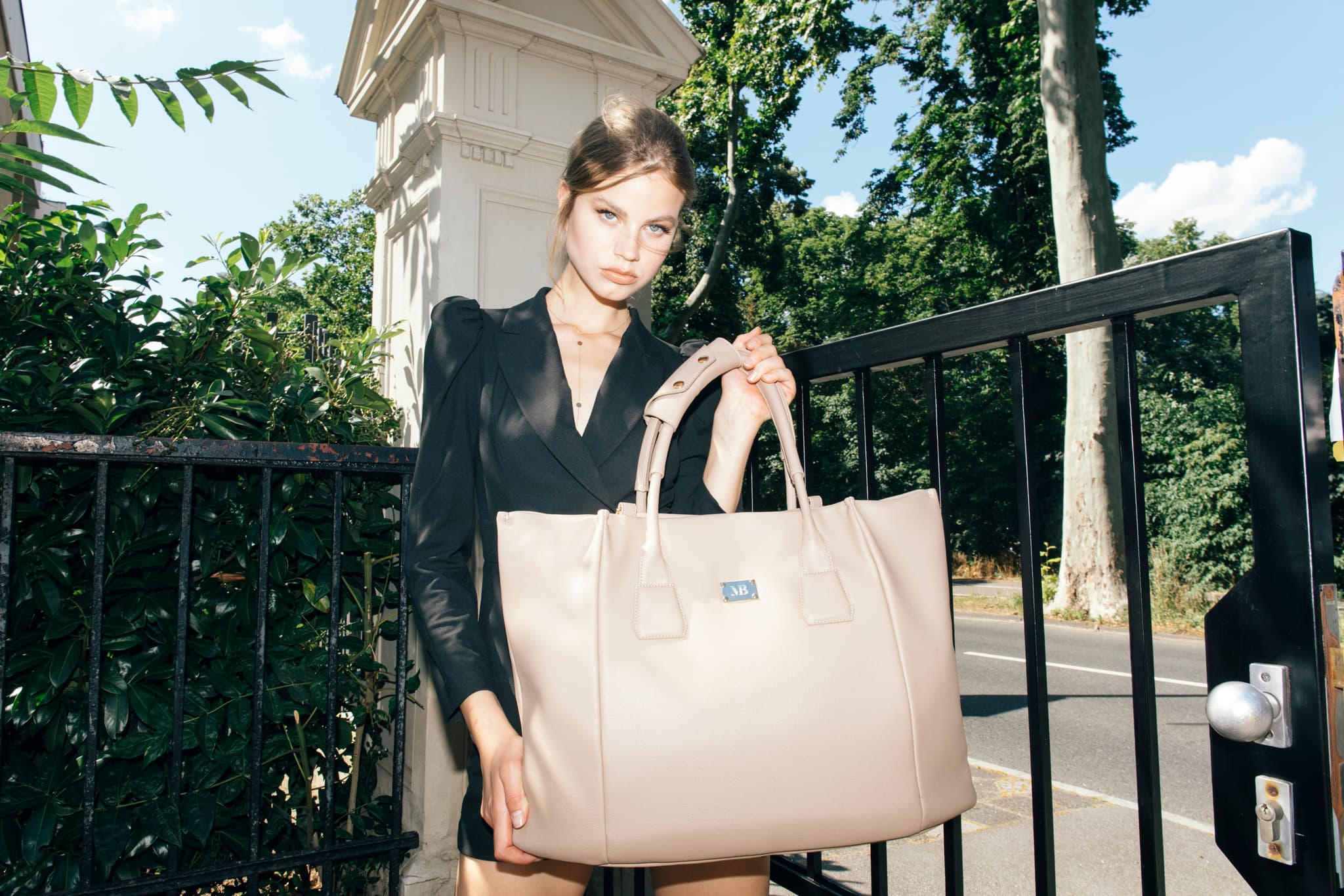
What motivated you to prioritise sustainability and veganism in your brand, particularly within the leather goods industry?
The amount of greenwashing going on in the fashion industry drives me crazy.
It is a shame that the word 'sustainable' is thrown around so loosely as a buzzword. Brands use it as a marketing tool. In fact, many brands invest more money in marketing the perception of sustainability than in actually making efforts to be sustainable. Leather is a good example. The leather industry spends a fortune on making consumers believe that it is a “natural” product. Apart from the fact that nothing is “natural” on growing a living being to kill it and use it, leather as a material is also far from “natural”. Everything in leather processing is about preventing a “natural” hide of an animal from rotting. Tons of chemicals, water and energy is used to make the hide durable. And the leather you see in fashion items is mostly coated in plastics to make the look more uniform. So the material is not sustainable at all.
On the other hand, synthetics are extremely harmful for the environment and our health either. So both are not good options. As a person, I am not a fan of complaining, but I want to work on solutions. Which is why we started to research even more and find biobased material innovations that are good for humans, animals and the planet. We were the first brand worldwide to launch a handle bag made with the 100% plastic-free vegan material MIRUM, after we spent two years working with the NFW team during the material development. I actually loved the work on the intersection between design, craft and science and we are now focusing on a lot of material development projects. My goal is to create holistically circular leather goods for the biological cycle. Which still needs some time, but we are on it.
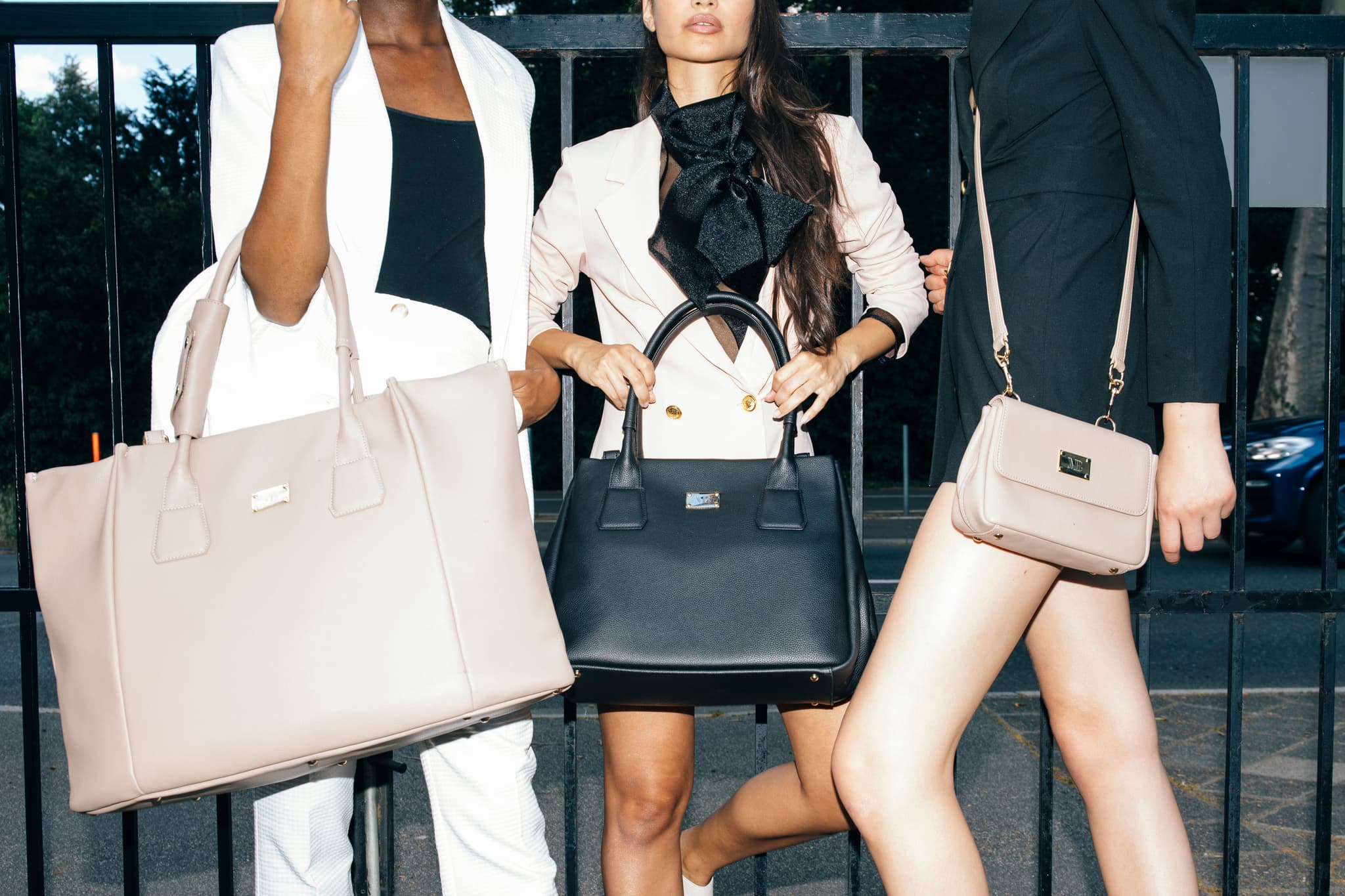
Your journey involved extensive research and material testing. Could you elaborate on the challenges you faced during the development stages of your handbag collection?
When I founded my brand, I had no ties in the fashion industry and honestly also not a lot of knowledge about textile materials. But luckily, I am a researcher and persistent enough to ask tough questions. I think my first real bummer was when I realised that a lot of brands and manufacturers call a product vegan just because it is made of a synthetic leather. But to create a fully vegan product, you must also consider adhesives, color dyes, process chemicals, etc. Also, I would have never thought how many manufacturers simply do not want to work with vegan materials, just because they are “pro” animal leather and “against” veganism in general.
Apart from those general knowledge gaps and restraints against vegan manufacturing in the fashion industry, the more we worked with new biobased material innovations that are not yet on the market, the more challenges we were facing. There is a common misconception that all animal leathers are the same (they are not) and that also all vegan leathers are. But actually, “vegan leather” is a term used to describe all kinds of materials with different technologies and structures behind it.
When you use completely new technologies, for example MIRUM® or a mycelium material, you have to take a lot of time to study how those materials behave. They are not better or worse in that sense than an animal leather, they are simply new materials that need their own ways of doing things. And here it was really important to invest in our own manufactory, where designers and craftsmen have the time to learn how to make those innovations really shine.
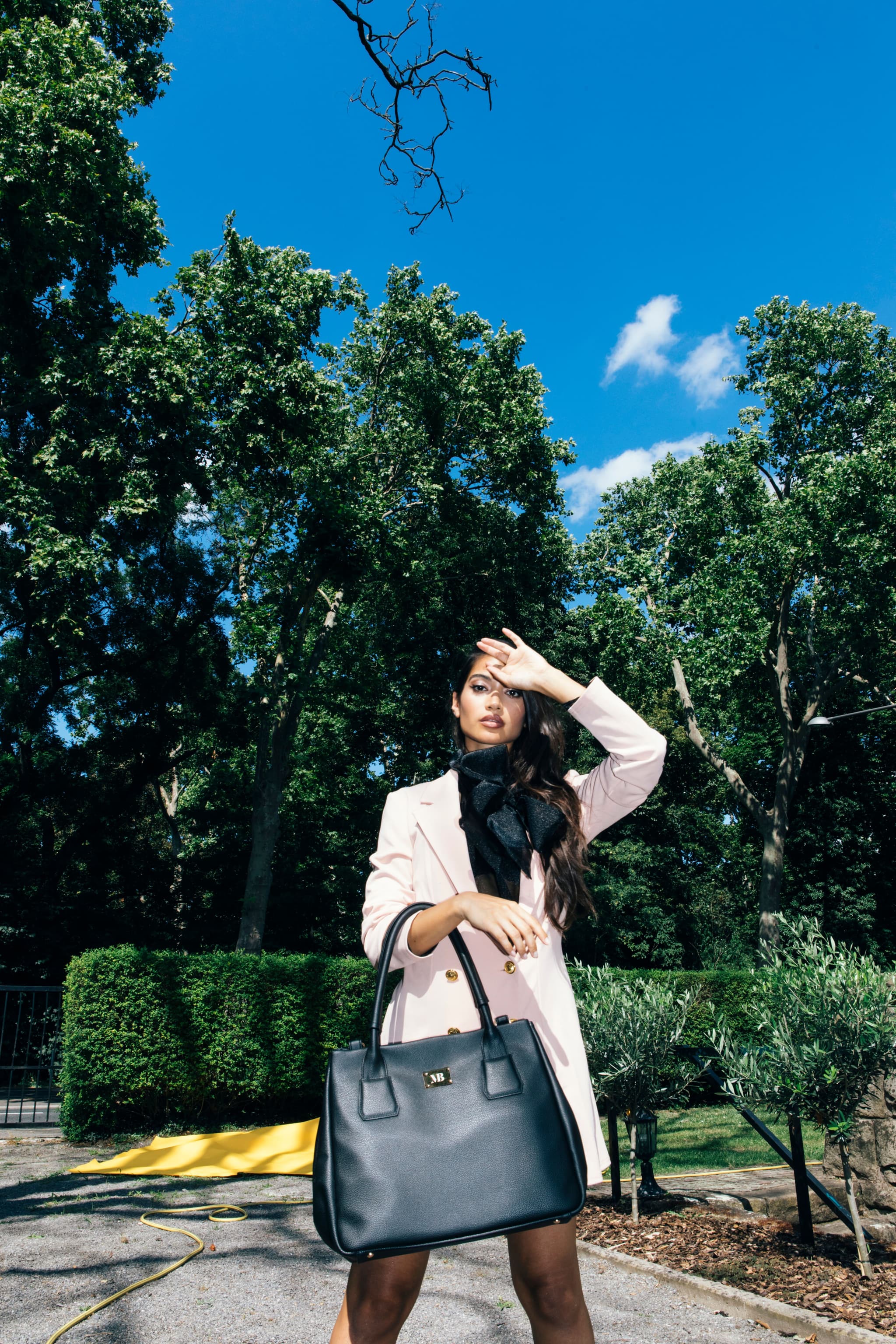
The concept of a transparency map is intriguing. Could you delve into how you developed this idea and its significance in fostering trust with consumers?
Transparency helps us to make better and more thoughtful decisions in every situation in life - so why should we give up this valuable concept in our label?
We definitely need more transparency throughout the whole fashion industry. The issue often is that brands only know their direct supplier, meaning that a bag brand usually only knows the manufacturer creating the handbag. This supplier then sources all the components of the actual handbag for the brand. So how do you want to know how all these materials are created and how people and animals in the supply chain are treated, if you don’t ask questions? I was honestly surprised at how little other brands want to know. It took us a while to find the right bunch of people that were on the same page here throughout the supply chain. Today we know where the cotton is harvested, spun and processed even for our lining and we are happy to share all those stories with our customers as well.
We believe that transparency is the key to enabling customers to consume consciously, because customers can make better and more informed decisions. Right now, we update our transparency map to reflect even more information even on product level. Every customer will get the chance to understand when his or her exact back was made and by whom.
I believe that if you know the person who handcrafted a product for you and understand how many people had to work together to make this product happen, you value your bag way more than you would ever do when you just buy it in a store. And this is what we really want to accomplish.
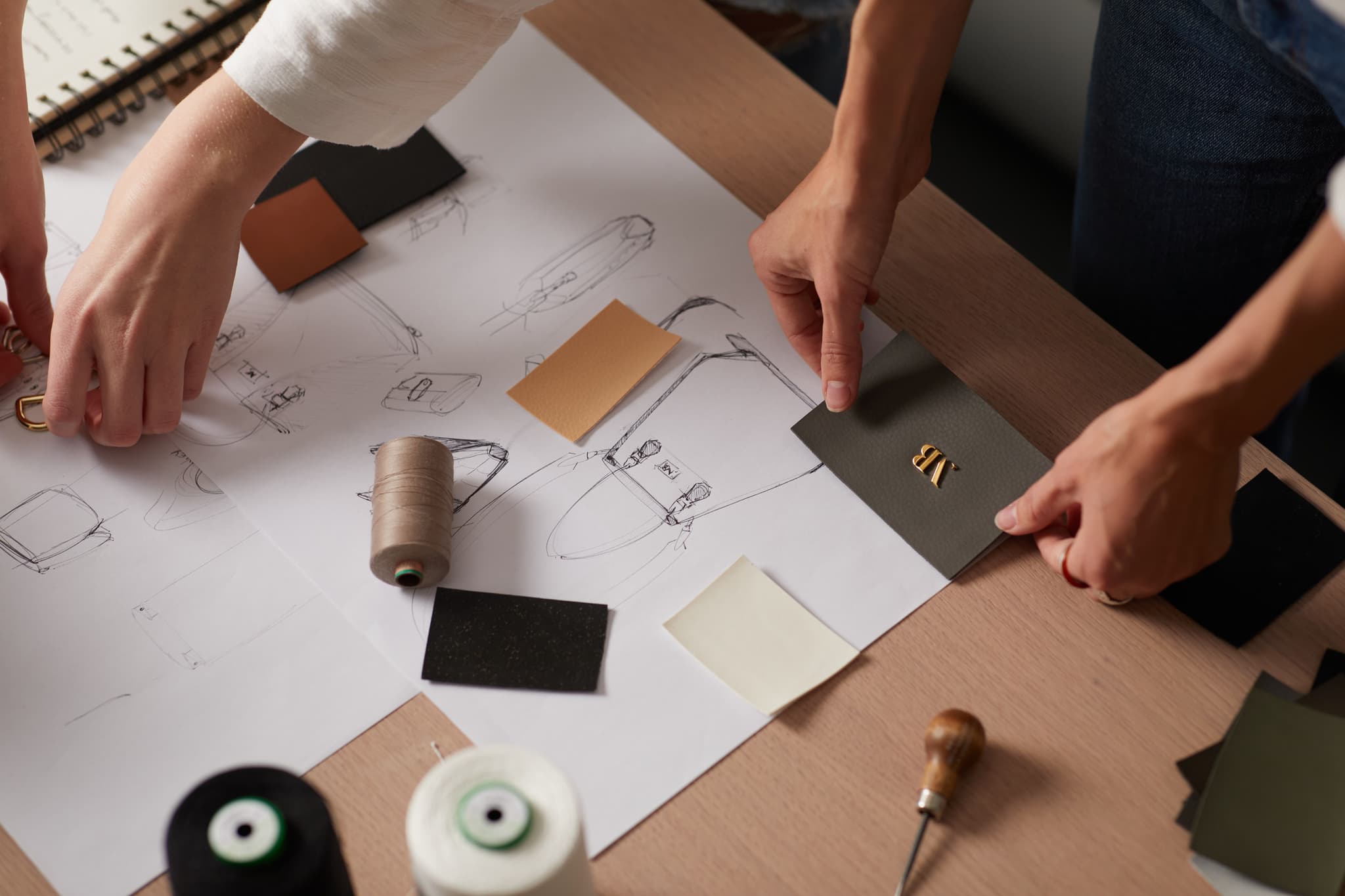
You mentioned exploring new technologies like 3D visualisation and Blockchain. How do you envision these technologies enhancing the customer experience and promoting transparency?
We are currently developing a 3D configurator for our bags. Basically, it should be possible to select from a variation of materials with which you can configure the bag of your choice. This involves the individual selection of for example the outer and inner material or the metal parts, which can then be ordered according to the made-to-order principle.
We currently work on combining this design component with impact measurement scoring. This means that if a customer decides to choose PU as the material of choice, the ethical and environmental impact of this material will be valued and compared to other materials such as for example MIRUM. This way, we show consumers in a fun but also very direct way, that every decision you take makes a difference and more specifically we show them what impact their new bag has for our planet.
Collaboration appears to be a key aspect of your innovation process. Can you discuss any recent partnerships or projects that have excited you?
The five-year collaboration with NFW was and still is very inspiring and enriching. We started working with the team of NFW at a very early stage of the MIRUM® development and exchanged a lot of ideas and feedback. Ultimately, we were the first brand worldwide to launch a handle bag made with this innovative next-gen material. Seeing a material developing from something that looks like a thin tire to a premium leather replacement, and also seeing our craftsmen evolving their manufacturing to represent this new technology, was just magical. Which is why now one of our main focuses is working closely with material innovators in the bioeconomy sector on all kinds of research projects, helping them move from lab to scale faster.

Could you elaborate on how this partnership with NUVI contributes to your mission and what specific innovations or initiatives you're excited to pursue together?
NUVI is a material innovator from Germany that I got to know almost 2 years ago. It's a family-run business that has its laboratory in Frankfurt. That's an hour away from our location in Mannheim, so it's great for sourcing locally. At the time, I wrote them because I wanted to test some new vegan materials and we quickly realised that our interests overlapped and that we would like to work together more closely in the future. With my expertise in material development through other projects, I now help them as a product and sustainability advisor.
We came together because NUVI offers a 100% plastic-free material that has the look of leather but, excitingly, can also look completely different. The technology allows NUVI to use different natural raw materials and create materials that showcase the unaltered beauty of nature. For example, they can use marble powder and transform something hard as a stone into a flowing material – which is a super exciting new way to design beautiful products!
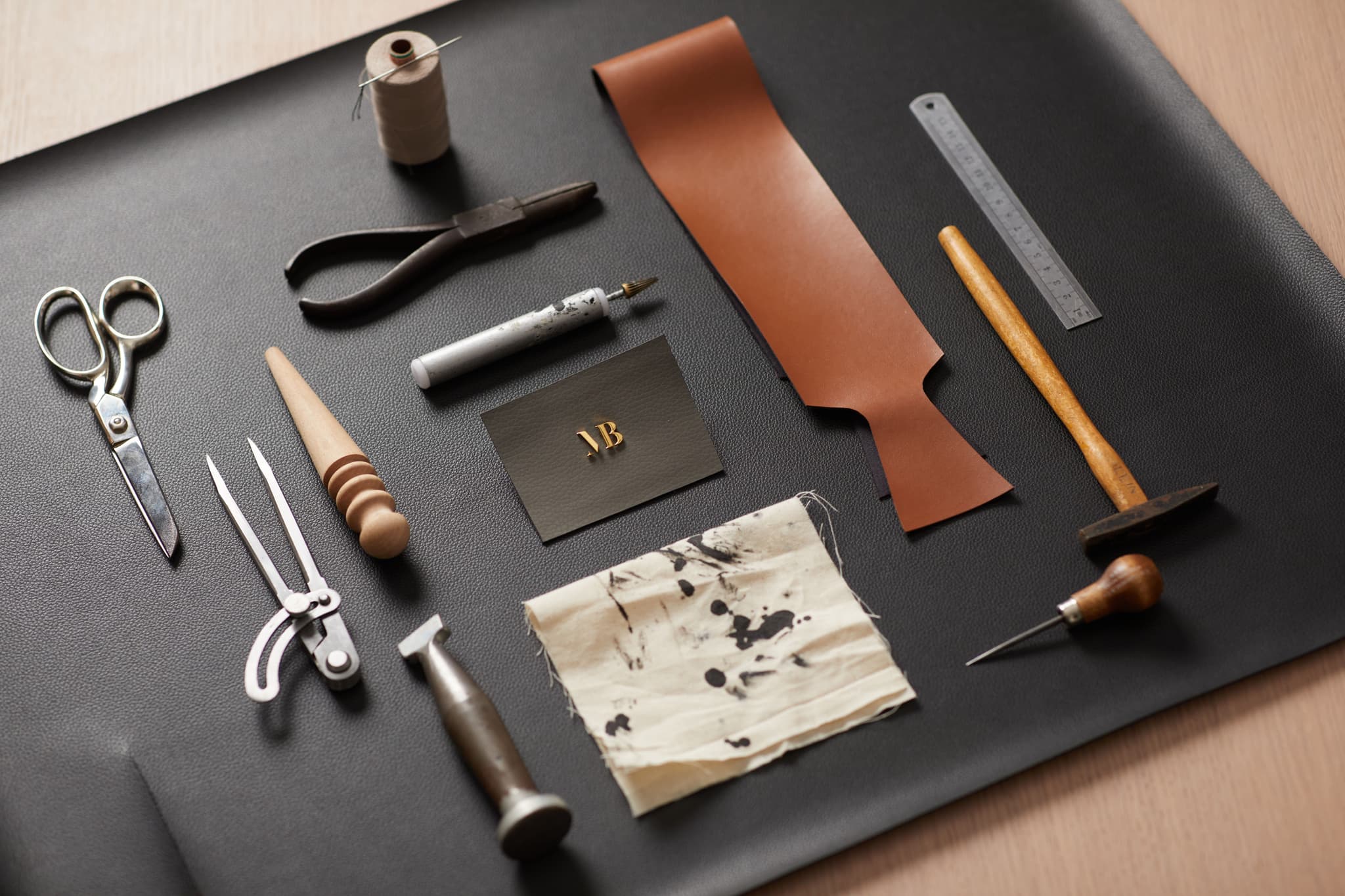
Looking ahead, what are your aspirations for the future of MELINA BUCHER® and your personal journey in advocating for sustainability and animal welfare in the fashion industry?
Honestly, the entire industry has a long way to go. But we at MELINA BUCHER are striving hard to bring the first holistically circular leather goods onto the market. This means that really every component, not only the leather itself but also e.g. the coatings and adhesives, is completely suitable for the circular bioeconomy. My vision is that we can live in a world one day where healthy and save products are the norm and so that we can go back to simply choose a product that we like design wise – knowing that it is made ethically and healthy.
And personally, I hope that I can continue being a voice to inspire individuals to make better choices. Because every choice really counts.
